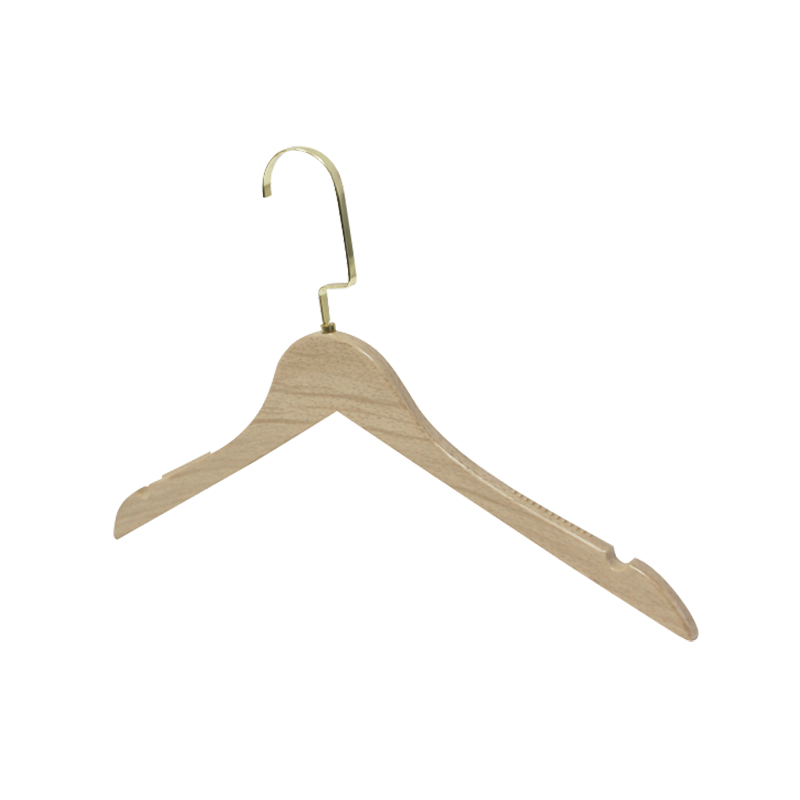In recent years, the demand for efficient and convenient clothing care solutions has risen dramatically. Among these, the China rechargeable cordless clothes steamer has gained significant popularity due to its practicality and user-friendly design.
One of the primary advantages of cordless clothes steamers is their portability. Unlike traditional steamers that are tethered to a power outlet, cordless models offer the freedom to move around without being hindered by a cord. This feature is particularly valuable for those living in smaller spaces where access to power outlets may be limited. Users can easily tackle wrinkles in various areas of the home, whether it's in the living room, bedroom, or even outdoors.
Rechargeable cordless steamers typically heat up quickly, allowing users to start steaming their garments within minutes. This efficiency is especially beneficial for busy individuals who need to look polished in a hurry. With just a few minutes of heating time, users can rejuvenate their clothes without the need for an iron and ironing board.
Many people worry about damaging delicate fabrics with high heat or direct pressure. Rechargeable cordless steamers provide a gentle solution, using steam to relax the fibers of the fabric without direct contact. This makes them ideal for a wide range of materials, including silk, wool, and synthetics, which may be sensitive to high temperatures. As a result, users can maintain the integrity of their garments while achieving a crisp, fresh appearance.
The Growing Importance of Steamers in Commercial Linen Care
In the commercial laundry industry, efficiency and quality are paramount. With an increasing demand for high-quality linen service, businesses such as hotels, restaurants, and hospitals are turning to steamers as a vital tool for maintaining their linens. This article delves into the widespread use of steamers in commercial linen care and the advantages they bring to various sectors.
Enhanced Efficiency
Commercial establishments handle vast amounts of linen daily, from tablecloths and napkins to bed sheets and towels. Traditional ironing methods can be time-consuming and labor-intensive. Steamers, on the other hand, offer a quicker and more efficient solution. They can tackle wrinkles and freshen up linens in a fraction of the time, allowing staff to process more items in less time. This efficiency translates into cost savings and improved productivity for businesses that rely on high turnover rates.
Steamers provide a finish that is often to that achieved by conventional ironing. The steam penetrates the fabric, relaxing the fibers and resulting in a smoother appearance. This is particularly beneficial for linen used in customer-facing environments, where presentation is key. High-quality linens that are free of wrinkles contribute to a more polished and professional atmosphere, enhancing the overall experience for guests and customers.
Fabric Care and Longevity
Commercial linens are an investment, and proper care is essential to prolong their lifespan. Steamers are gentle on fabrics, reducing the risk of scorching or damage that can occur with traditional irons. By maintaining the integrity of the fabric, steamers help businesses the longevity of their linen stock, reducing replacement costs over time. This is especially important in the hospitality industry, where high-quality linens can significantly impact guest satisfaction.
Hygiene Benefits
In settings such as hospitals and clinics, hygiene is a critical concern. Steamers can effectively eliminate bacteria and allergens present in linens, contributing to a healthier environment. The high temperatures produced by steam are effective in sanitizing fabrics, making steamers an essential tool for healthcare facilities that require stringent cleanliness standards. The ability to combine cleaning and sanitizing processes into one step adds to the value steamers provide.
Versatility Across Industries
The versatility of steamers makes them suitable for a wide range of commercial applications. In addition to linens, they can be used to refresh uniforms, draperies, and upholstery. This adaptability allows businesses to invest in a single tool that can serve multiple purposes, further enhancing operational efficiency.



 Language
Language  English
English 中文简体
中文简体 Español
Español русский
русский








